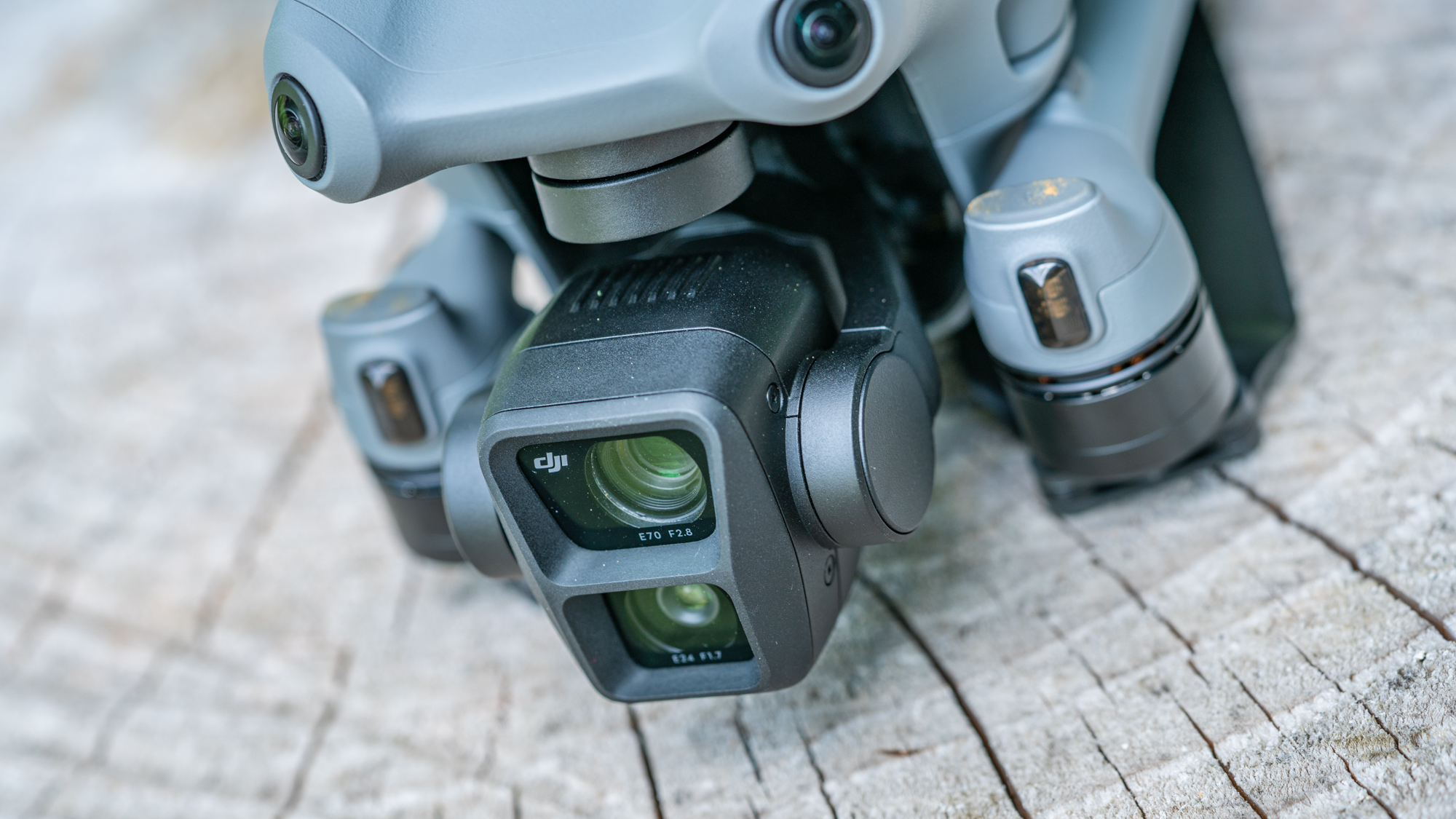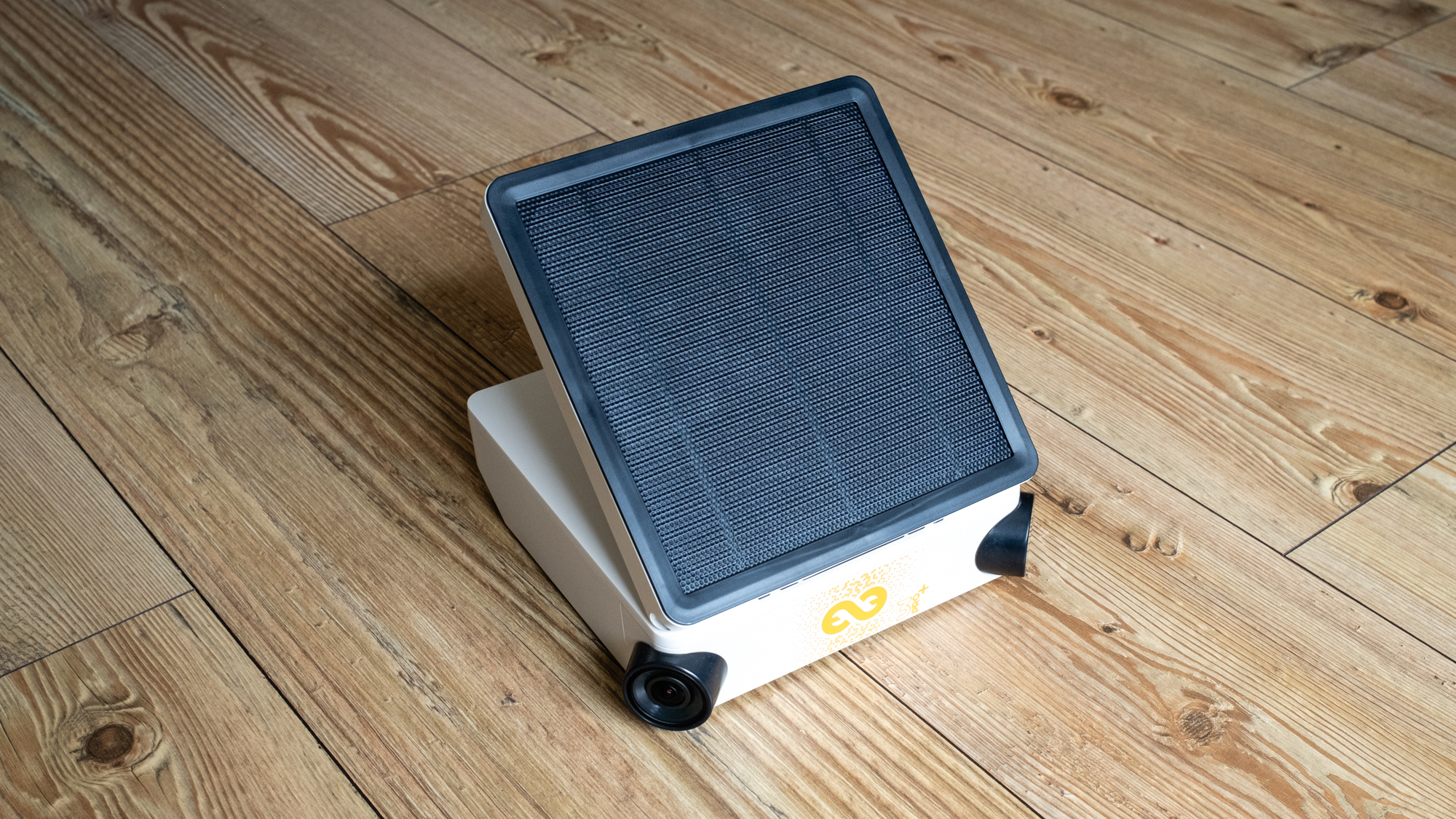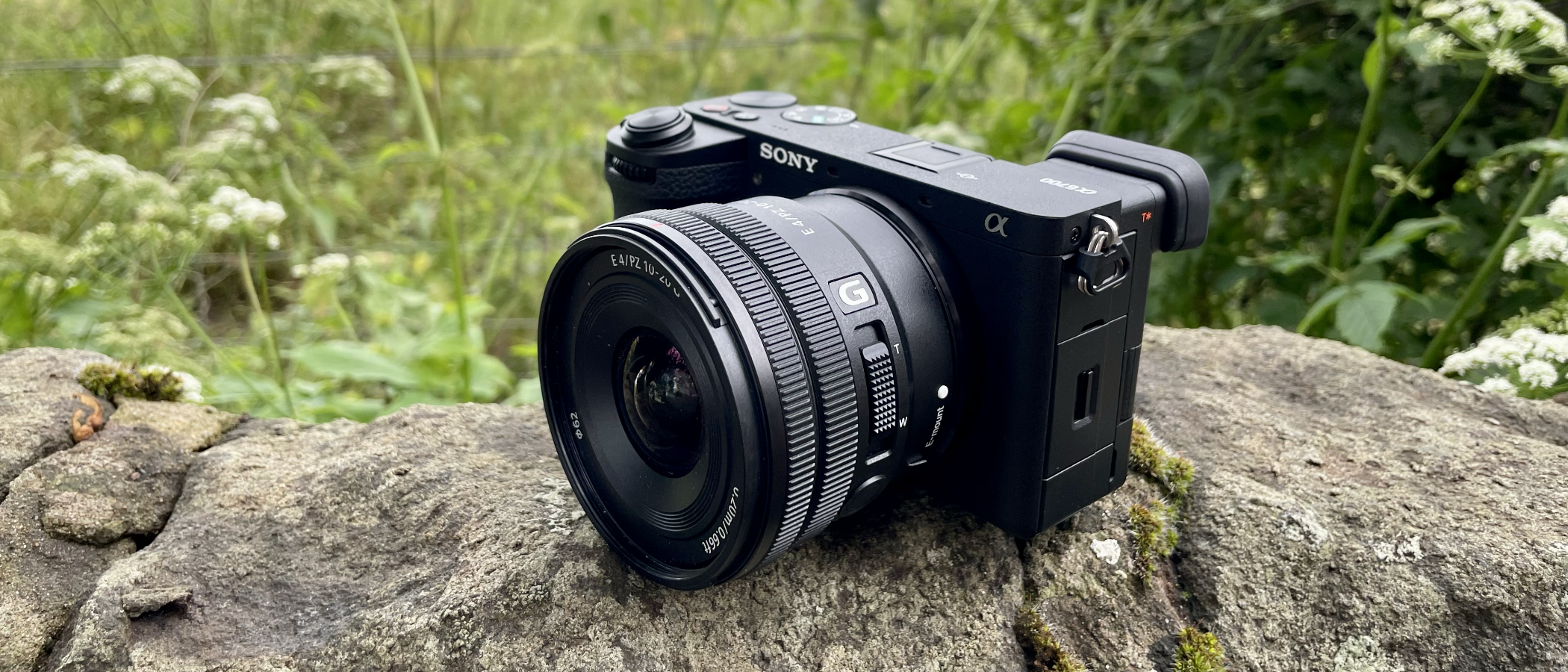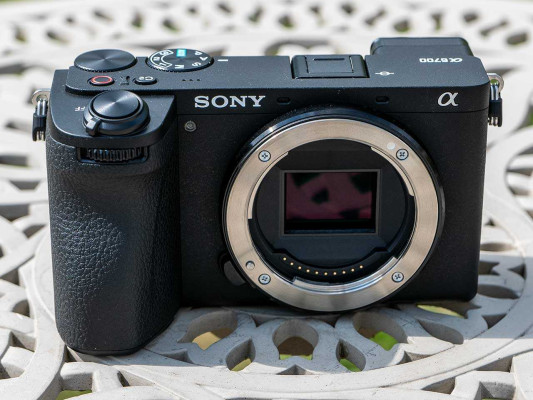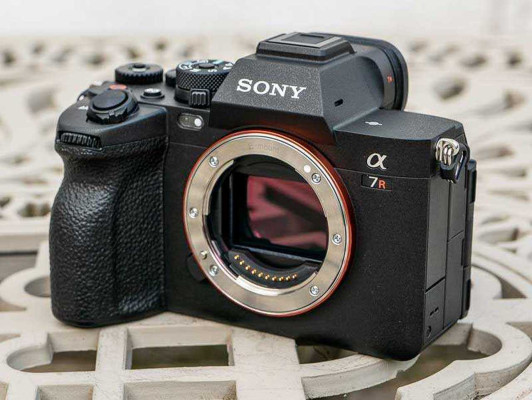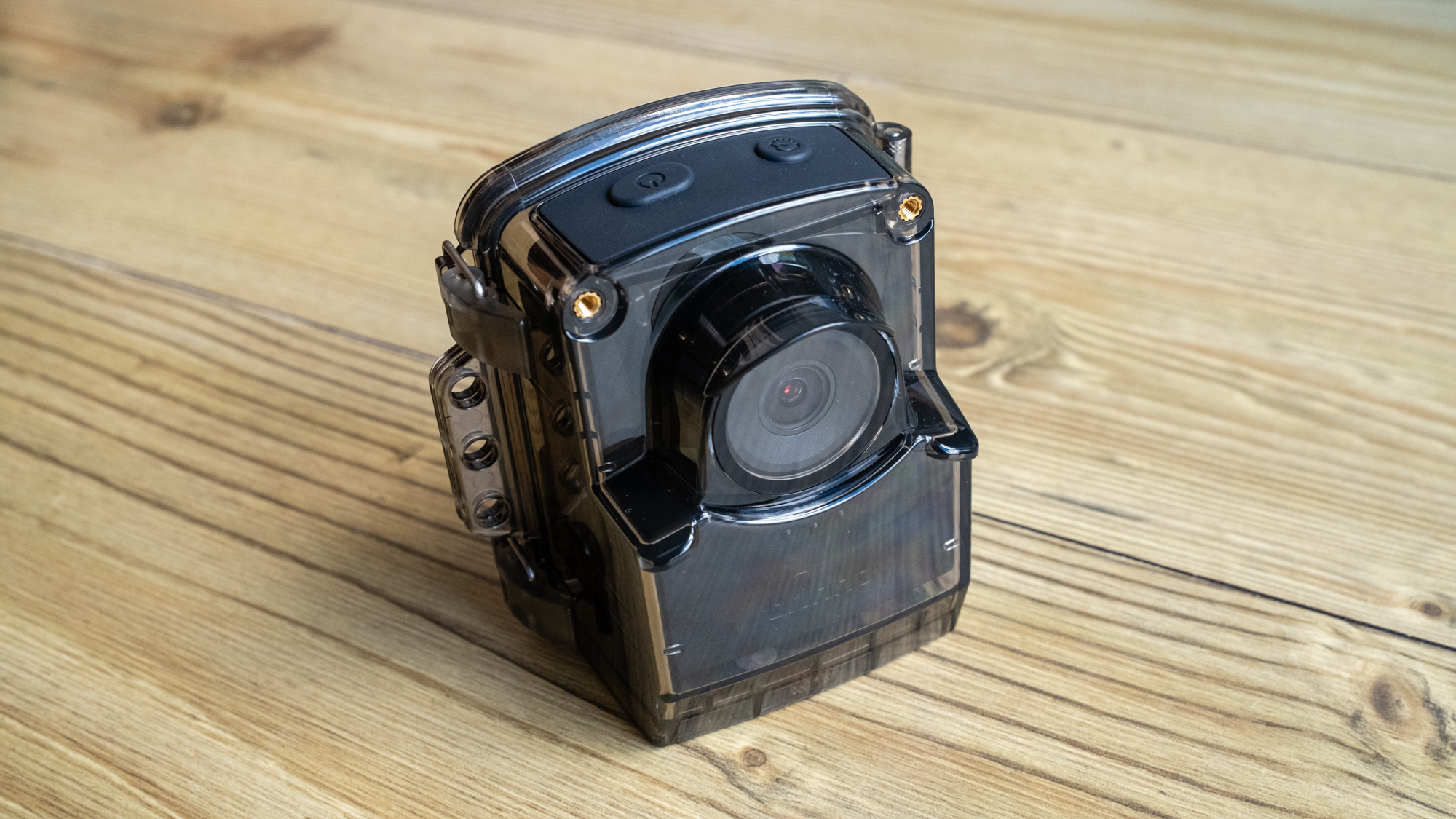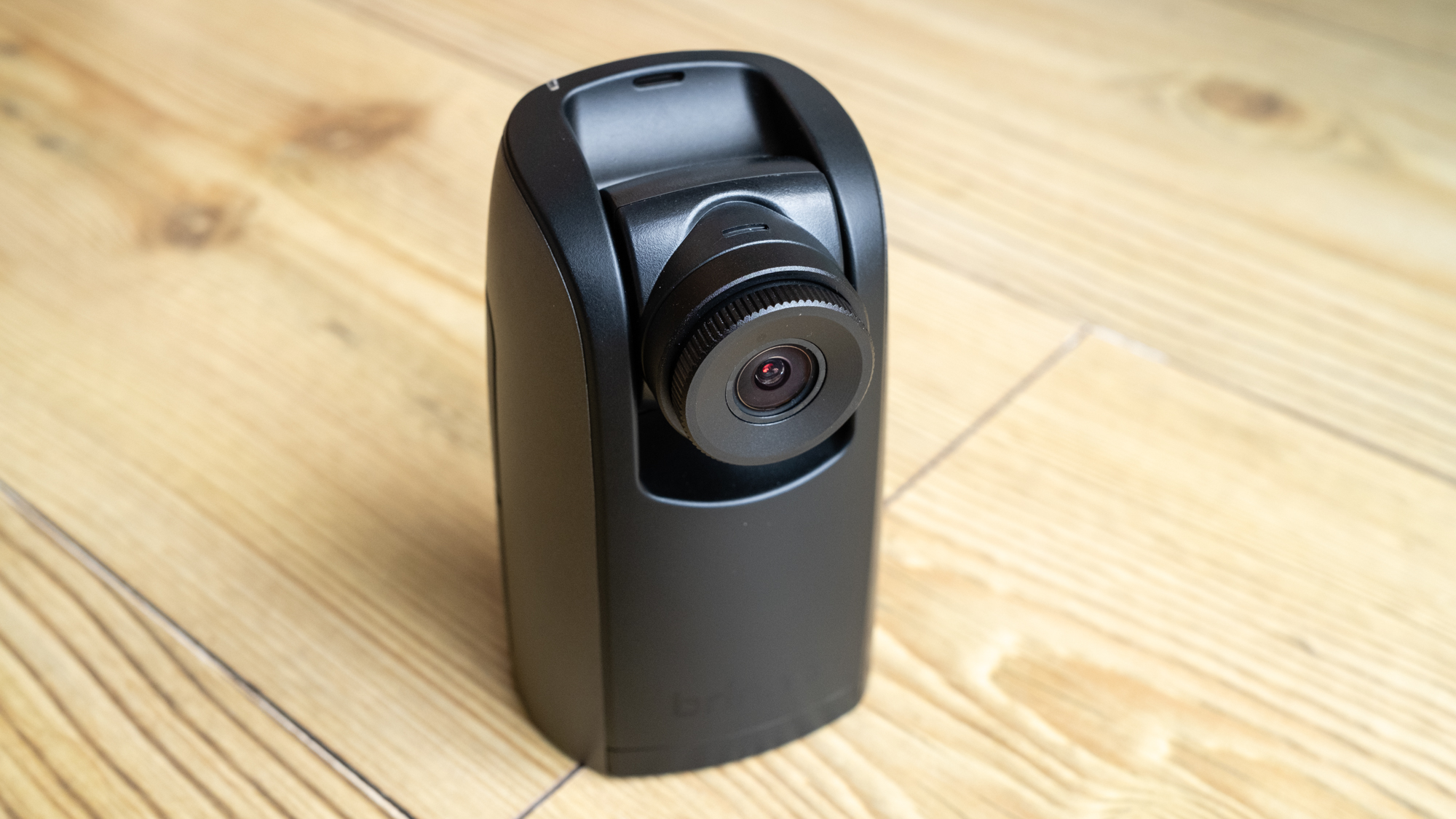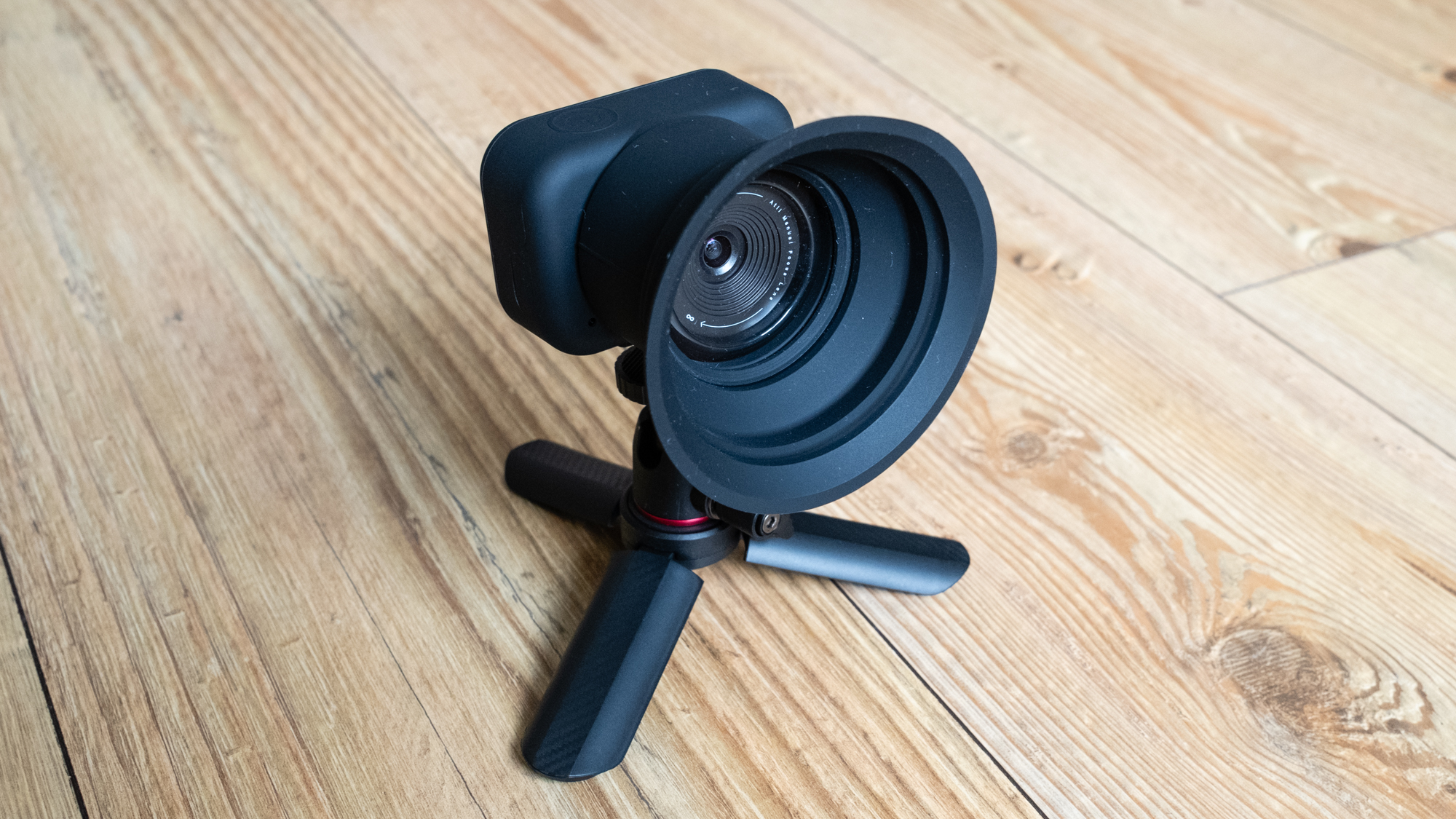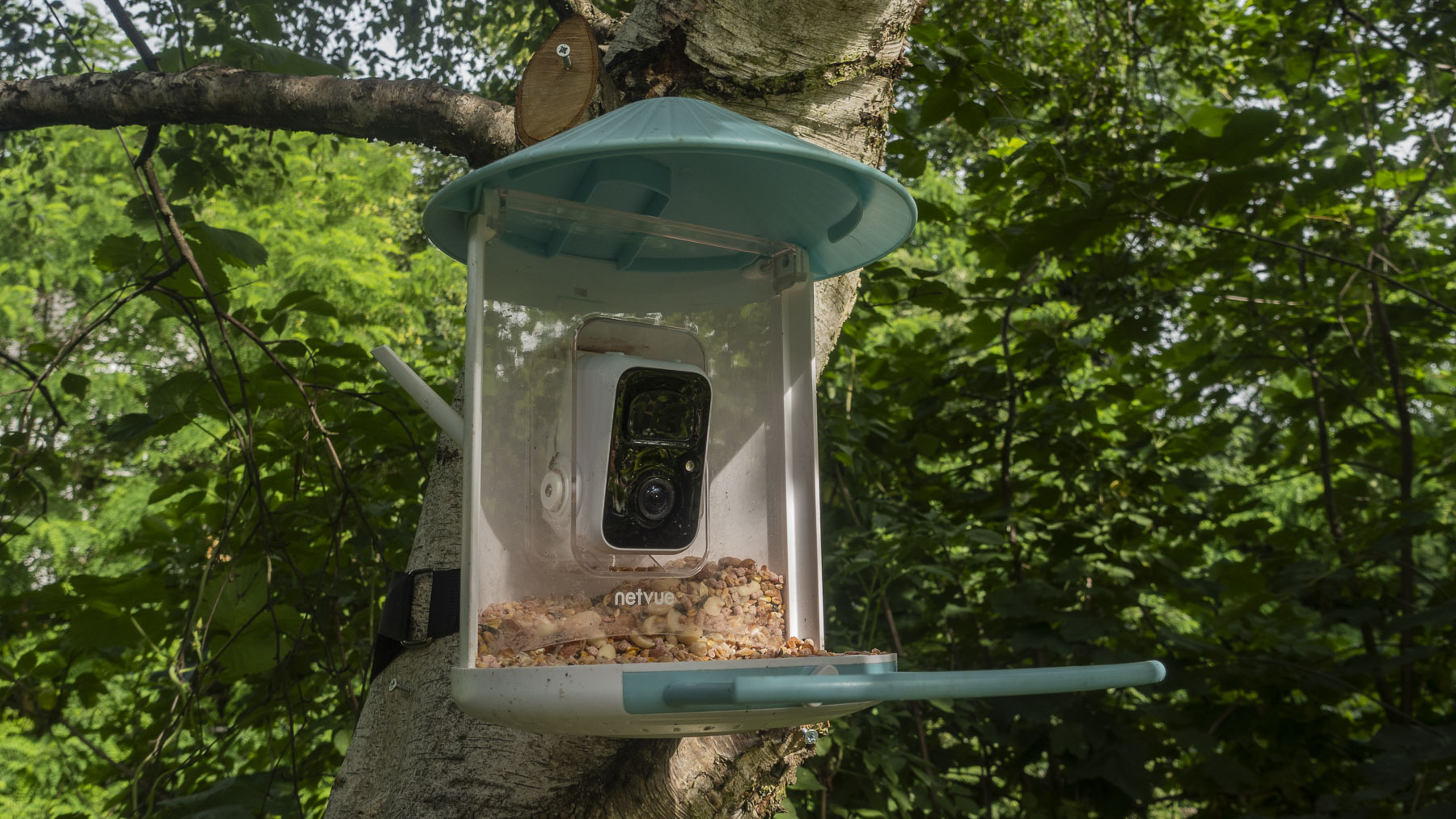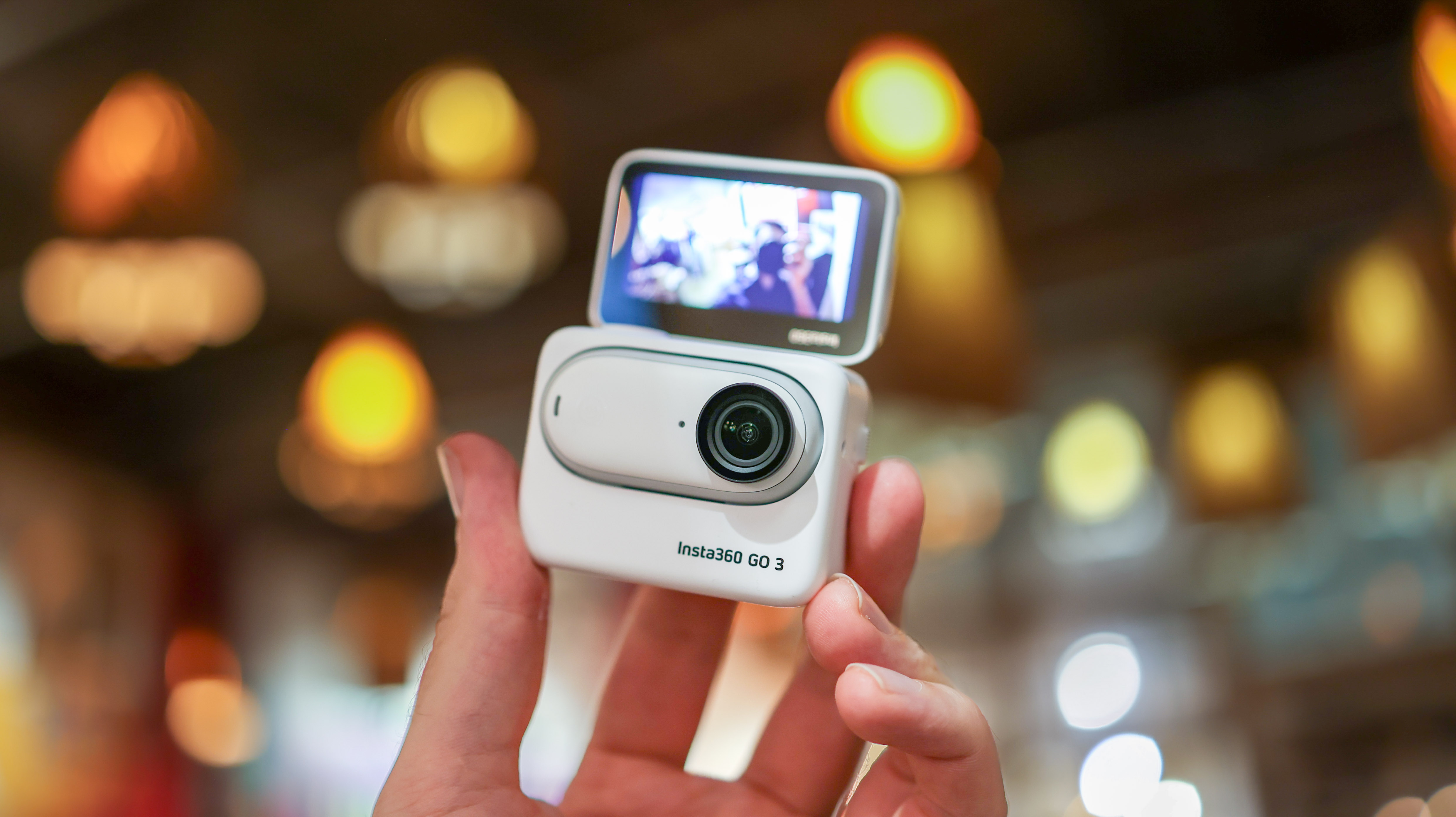Reviews

Neurapix review: Swift and capable Lightroom Classic image editing without lifting a finger
DPReview Latest |
For a professional photographer, every press of your shutter button can prove to be something of a double-edged sword. Sure, each extra shot you take is a new opportunity to turn your vision into reality or to sell another of your creations. But each time that shutter fires, you're also increasing your editing workload, and with it the time you'll need to spend in front of a monitor rather than behind your viewfinder.
With the rise of artificial intelligence, however, a new option is rapidly becoming more viable. Thanks to AI image editors, your computer can now potentially take on much of the digital darkroom work for you, freeing you up to spend more time with camera in hand.
I recently took a look at one such option in the form of Aftershoot Pro, a program which promised to help with culling while also taking on some basic editing tasks. But if you don't need the culling help, another option called Neurapix might prove to be even more attractive.
Working as a plugin for Lightroom Classic rather than a standalone app, Neurapix focuses solely on image editing, where it has rather more comprehensive capabilities than its rival. And thanks to the recent launch of Neurapix Instant, it now also offers a choice of either locally-hosted or cloud-based editing.


Key features
- Tweaks not only the basics like exposure and color but more advanced variables too
- Offers three bundled SmartPresets, with many more available for purchase
- Also learns and mimics your own image editing styles
- Works either in the cloud or running locally on your own machine
- Functions as a plugin for Adobe Lightroom Classic 9.0+
- Available for macOS or Windows
- Per-image or flat-rate pricing options
Available immediately, Neurapix is priced at $0.03 per image for the first thousand images processed in the cloud during each one-month window, after which subsequent images are cloud-processed at a cost of $0.02 per image. If you opt to have the plugin automatically level your images in the cloud as well, there's an additional cost of $0.01 per straightened image.
Additionally, you can purchase a flat-rate subscription to Neurapix Instant, which allows unlimited editing and straightening performed on your own hardware. This also includes unlimited free processing of your self-created SmartPresets in the cloud while you're waiting for them to be available for use on your local machine. Neurapix Instant is priced at $79.95 month-to-month, or $49.95/month with an annual subscription.
Pricing for ready-made SmartPresets beyond the three included with the plugin varies but each allows unlimited usage once purchased, so long as you either have a Neurapix Instant subscription or pay the aforementioned per-image cloud processing fees. At press time there are currently 14 SmartPresets in Neurapix's store with price tags varying from 95 to 280 euros.
A one-week, 1000-image free trial of Neurapix's cloud-based processing is available to allow you to see the results for yourself with your own images. As for the ready-made presets in the SmartPresets Store, you can test each with up to 20 of your own images in each 48-hour period prior to purchase.
 |
| Neurapix integrates with Lightroom Classic 9.0+ as a plugin that's installed via the Creative Cloud Desktop app. |
Integrates with the editor you (probably) already use
While alternatives certainly exist these days – even from Adobe itself in the form of Lightroom CC – chances are good that like most of us, you're still using the somewhat-creaky 800lb gorilla in the room, Adobe Lightroom Classic.
And since that likely forms the heart of your workflow already, it's good news that Neurapix is itself a tightly-integrated plugin for Lightroom, unlike Aftershoot which is a separate program that you need to learn to use and shoehorn into your workflow alongside Adobe's software.
Neurapix's tight integration means that there's really not a lot to show you in terms of its interface, though. It's installed through the Stock & Marketplace section of Adobe's Creative Cloud Desktop app. Once installed and you have logged in with your Neurapix account, it will then automatically download, install and update anything else it needs such as the code underlying Neurapix Instant or your purchased or self-created SmartPresets as needed.
A very minimal interface that plugs into Lightroom neatly
On the Windows platform which I'm using, Neurapix is accessed through the Lightroom File menu's Plug-in Extras section, and it's here that you'll command the plugin to run new editing tasks, whether processing them in the cloud or locally and regardless of whather you're using a self-generated, bundled or store-bought SmartPreset.
 |
| Once installed, cloud or locally-processed editing jobs run via Lightroom's Plug-in Extras menu. |
If your processing is being done in the cloud, you'll also revisit this menu to import your edits after Neurapix emails you to inform you that they're ready for application.
When you want to create your own SmartPresets, you'll do so by selecting the images from which to train Neurapix's algorithms in Lightroom's library, and then opening Lightroom's Export tool. You'll find a new "Neurapix: Train SmartPreset" option has been added to the "Export To" dropdown in Lightroom's Export dialog, and here you'll name your SmartPreset before hitting the Export button.
You can also return here to add further images to a SmartPreset which hasn't yet been fully trained. (At least 500 raw images are required to begin the training process, but you don't have to select and add them all in one go.)
Finally, if you want to tweak an already-trained SmartPreset, you can do so by sending your manual adjustments back to Neurapix, which again is done through the aforementioned Plug-in Extras menu. And obviously, the workflow on macOS will be quite similar, although the precise location of the menus will differ due to Adobe Lightroom's inconsistencies between the two operating systems.
 |
| The Project name is used both when restarting batches you've stopped midway, and to select results from cloud jobs to be applied to your local Lightroom library. |
Neurapix requires that you start from raw files
Overall, Neurapix integrates into Lightroom really nicely, with almost no new user interface options to learn and very little change needed to your editing workflow. There's really only one possible point of contention, assuming that you're already a Lightroom Classic user, anyway. That's the fact that the plugin requires you to use raw files.
If you select any JPEGs either for editing or in an attempt to train your own SmartPreset, Neurapix will simply ignore them and on completing the assigned task, notify you of the number of JPEG files that it skipped.
If you're already shooting Raws, that's obviously no big deal. And the decision does make sense if you consider that raws are going to provide the best scope for editing without adversely affecting image quality.
For those who still prefer a JPEG-based workflow due to the much lower storage requirements, though, it's a bit of a shame. For now at least, you're faced with a choice of either switching filetypes or skipping Neurapix altogether.
 |
| SmartPreset training is done via Lightroom Classic's Export panel and requires at least 500 already-edited raw images to start the process. |
Swift editing, even on lower-spec machines or slower data connections
So how's performance when using Neurapix in the cloud? I have to say I came away rather impressed.
Obviously your mileage is going to vary depending upon the speed of your internet connection and the load on Neurapix's servers at any given time. With that proviso out of the way though, even on a very modest internet connection which tests at around 60Mbps downstream and 12Mbps upstream, it took as little as one second per image to upload the necessary data for a batch of raw files averaging around 35MB apiece.
Editing took another 1.6 seconds per image, and my edits were then downloaded and applied at a rate of around 4 images per second. In all, that's about 2.9 seconds per image, which is clearly much, much faster than I could have performed the same editing by hand.
And even on a 2018-vintage Dell XPS 15 laptop, using Neurapix Instant to perform the editing locally was similarly swift. I averaged about 2.5 seconds per image to process the same batch of raws, so long as the necessary SmartPreset data had already been downloaded first. With a modern, high-end computer and fiber internet connection, the results would likely be orders of magnitude faster.


Downloading the SmartPreset data was a bit more time consuming, taking around 10-11 minutes apiece, but that only needs happen the first time each preset is used unless it is subsequently retrained. (And again, would be much faster on a really high-speed connection.)
Generating new SmartPresets takes more time and less data than rivals
One task which did take rather longer was the initial generation of custom SmartPresets. To get started, you'll need to provide at least 500 raw images which have already been edited in Lightroom, so that the AI algorithms can learn your style.
Ideally, you will also want to be using shots with some consistency in their subject matter, environment and editing to attain the best training results for each preset. That's likely going to be easier for someone like an established wedding, event or school portrait photographer than, say, someone who tends more towards travel or street photography with more disparate subjects.
The requirement for 500 training shots might seems like quite a bit, incidentally, but it's actually on the lower end when it comes to training AI image editors. Aftershoot Pro, for example, requires five times as many images with which to provide even a basic profile, and the recommendation from its makers is to provide at least 5,000 images. And past versions of Neurapix needed as many as 6,000 shots to create a new profile.


By whittling this down to just 500 images, the current version of Neurapix has made the training process much more approachable, even if it's still a bit of a chore. But be that as it may, training can still take a while, especially if you want to do your editing locally.
Instant presets take a while to create, but cloud editing fills the gap
In my testing it took around 14 minutes to upload enough data to start training, and a further 33 minutes for the cloud version of the SmartPreset to be created with the minimum dataset of 500 images. Just as with editing, you get an email notification from Neurapix when this preset is ready to be used.
And if anything my experience was on the swift side, likely because I generated the profile in a less-busy period for the Neurapix servers as I was working during the weekend. The plugin's creators tell me that initial training of a SmartPreset typically takes a couple of hours to complete.
But on the flip side of the coin, generation of a downloadable version of the preset for use with Neurapix Instant took around three days to be generated for me, which is apparently longer than is typical. The Instant version of the profile actually differs from that used in the cloud, as it it compressed and optimized for use on Windows or macOS hardware, and according to the company this typically takes up to two days.


This isn't really the holdup it might at first appear to be. During the waiting period after generation of a new SmartPreset users are entitled to use the cloud version with no per-image costs or cap on usage.
The provision of free cloud editing while you wait for an Instant SmartPreset to be generated means that I see this as pretty much a non-issue. My only slight complaint is that while Neurapix does send out notification emails when SmartPresets are first generated and cloud edits are complete, there's no corresponding email when an Instant SmartPreset becomes available for download.
Of course, if you happen to go into the plugin to perform any editing once the preset is ready for download, it will immediately become obvious that the "Edit with Neurapix Instant" checkbox for the SmartPreset is no longer grayed out, but it'd be nice to have a notification regardless. If you're on a slow connection or paying for mobile data you might be waiting to be able to edit locally, after all.
A little good and bad news specific to Neurapix Instant
Incidentally, while the optimized Instant profiles do differ from those used in the cloud – and I did see some differences in the slider adjustments made by both – the results were visually almost indistinguishable from each other, even after careful comparison in Photoshop.


That's the good news, but now the less-good: While the Instant version of the plugin does its work locally, this sadly doesn't mean that you can use it entirely offline if, say, you're working from a laptop in a location with limited internet access.
I gave this a try, switching my laptop to airplane mode with Lightroom running and having already used Neurapix prior to disabling my data connection. But unfortunately, if you attempt to summon the plugin without an active internet connection you receive multiple error messages and offline use proves to be impossible.
I'd like to see Neurapix enable this capability for Instant users, even if there remains a requirement to reconnect to the company's servers on a regular basis. It would be nice to have a truly offline AI editing tool that could be used for editing during downtime in the field.
Decent editing results even with somewhat imperfect training data
I should note here that my own photography is pretty varied and not especially well suited to an app like this. I only rarely shoot weddings or event photography, and don't typically shoot many hundreds of photos in the same locales and with the same lighting. My photography, then, represented a challenge for Neurapix's algorithms.


And I have to say that bearing that in mind, I think it nevertheless did a decent job of mimicking the style of the shots on which I trained it. That's not to say it was 100% of the way there all of the time, certainly – the occasional shot felt like it needed a little bit of tweaking to the exposure still.
I also noticed that the AI used a slightly gentler touch on the vibrance/saturation and dehazing controls than did I. The latter is, perhaps, because only some of my training shots had hazy backgrounds leading to some inconsistency in my editing style.
But did it get me most of the way there, and greatly speed the process of editing my photos? Absolutely! And I was quite surprised to find that unlike Aftershoot Pro, which didn't really touch anything more than the sliders in Lightroom's Basic panel, Neurapix Instant attempted to mimic my tweaking of nearly every slider and control other than for things like sharpening and lens correction.
Straightening is a no-brainer for Instant use, but less so for cloud users
The one thing it doesn't do on the editing front which Aftershoot Pro did attempt – albeit pretty imperfectly – was to crop my images for more attractive composition. Neurapix won't cause Lightroom to crop more than is necessary to straighten the shots, if I selected its straightening option.


This means you'll still want to do a quick edit pass to do some cropping unless you're confident that your out-of-camera framing was sufficient for everything you shot. And thus it's not really a big deal to throw in some slight tweaks to exposure etc. for the occasional shot as needed at the same time.
I felt that the straightening tool did a very good job overall. For the most part, I couldn't really choose between its results and those of the Auto Angle / Upright Level tools in Lightroom. Adobe and Neurapix's equivalents each did a slightly better job than the other of fine-tuning straightness with about equal regularity.
But unlike Lightroom's multiple leveling tools which would occasionally get an image wildly wrong, Neurapix never made a wildly incorrect leveling adjustment in my testing. For that reason, I'd absolutely recommend that Neurapix Instant users forego Adobe's options in favor of the plugin's straightening tool, given that there's no extra cost and no significant reduction in processing speed for doing so.
But for users who are working solely in the cloud, the cost of the Straightening tool makes it a harder sell. Here, unless money is not a significant concern I'd probably recommend just using Adobe's tools instead. Lightroom's Auto Angle tool doesn't play nicely with batch processing, but the Transform panel's Upright tool can be quickly applied to a batch of images at no extra cost and those occasional incorrect adjustments quickly reverted.
Conclusion
Clearly, just like its rival Aftershoot Pro, Neurapix Instant's relatively steep pricing means you're only going to want to consider it for your editing if you're a pro who tends to shoot significant quantities of imagery. Unless your pockets are quite deep or you're earning money from your creations, it's going to be hard to justify spending roughly 5 times as much on editing as you do on Lightroom in the first place.
And while Neurapix's cloud pricing is rather more affordable, consumers will likely find the 500-image training hurdle still too cumbersome, even if it's much easier to clear than those of other AI editors. With only three bundled presets and third-party presets carrying steep pricing of their own, this is clearly only a product for pros, then.
But if you're making money from your creations, well... time is money, and Neurapix (both in its cloud and instant variants) has the potential to save you a lot of time. That's going to make it rather easier to justify the cost.


Although it lacks the culling and cropping features of Aftershoot Pro, its image editing feature set is much more comprehensive. And it is much easier to train with your own style as well, making it by far the easier recommendation of the two programs. And that's even before you consider that it will fit into a Lightroom Classic-based workflow much more seamlessly.
While I'd really like to see support for JPEG editing and a truly offline capability as well, I'd highly recommend pros – especially those in wedding, portrait and event photography – give it a try as-is!
| What we like | What we don't |
|---|---|
|
|





